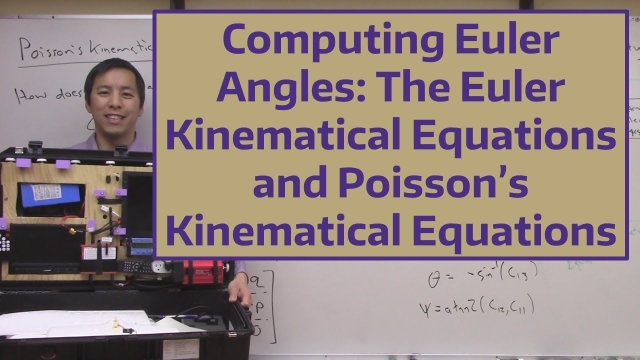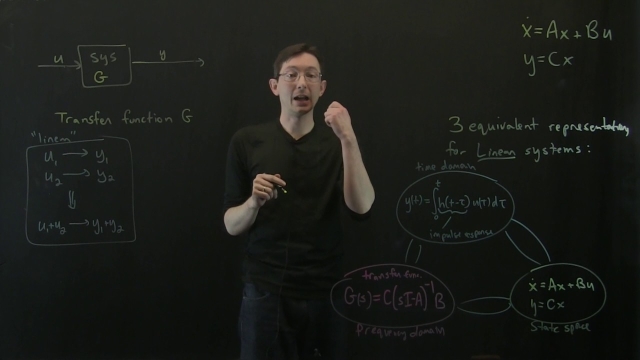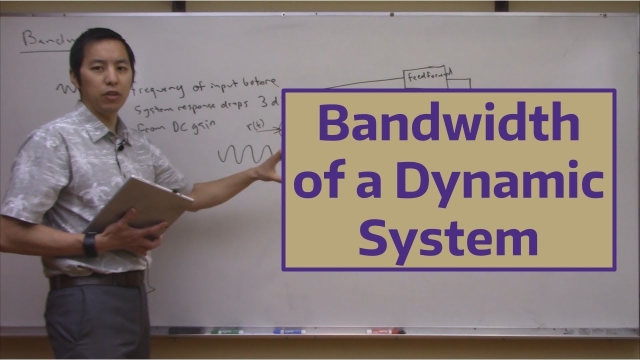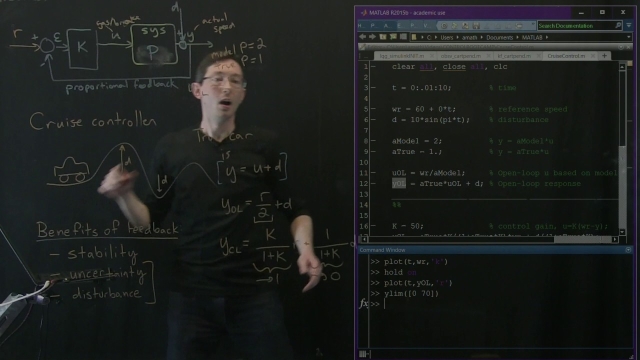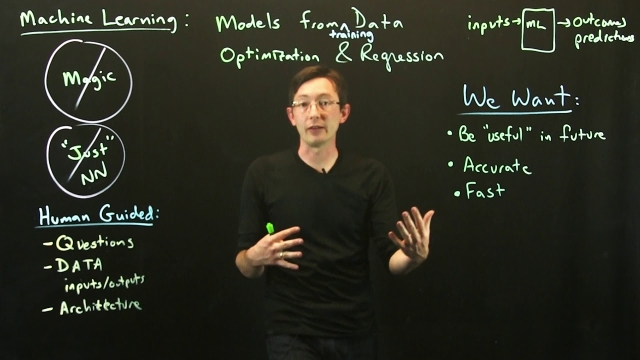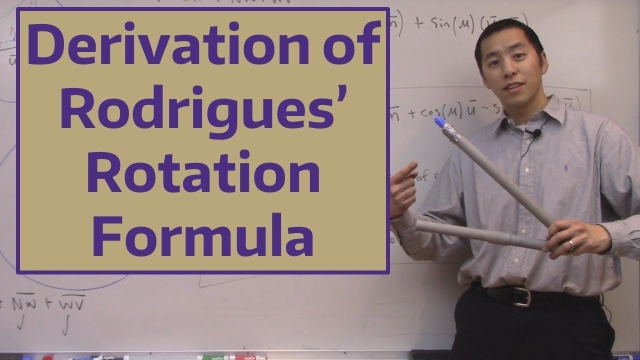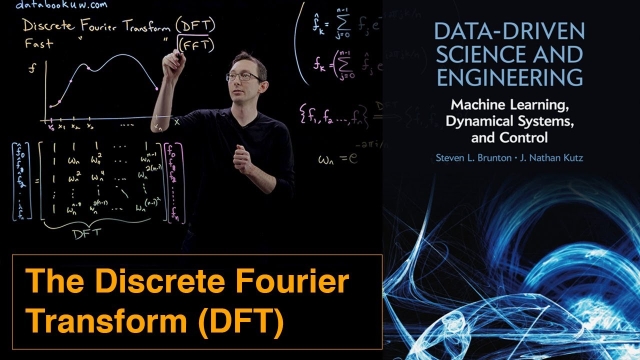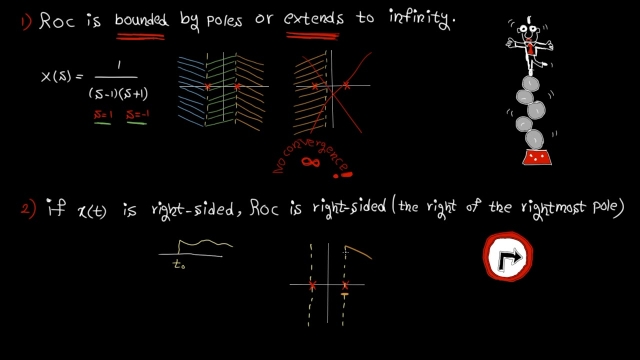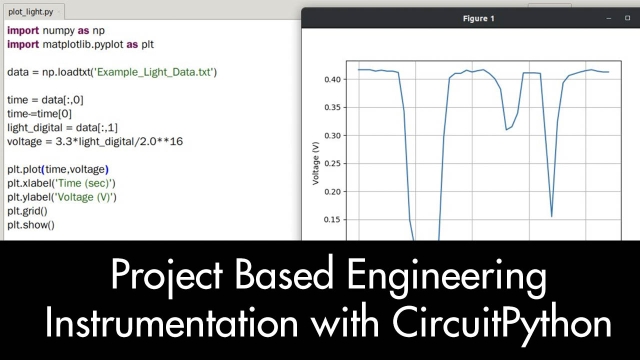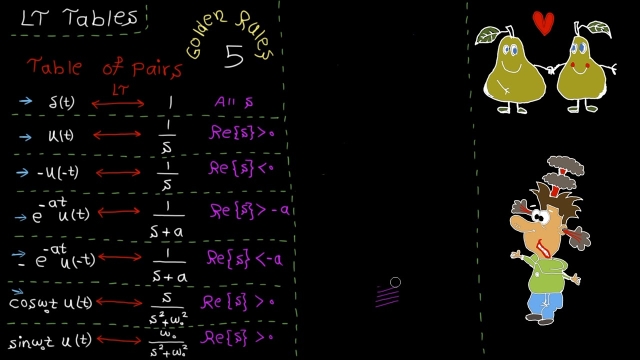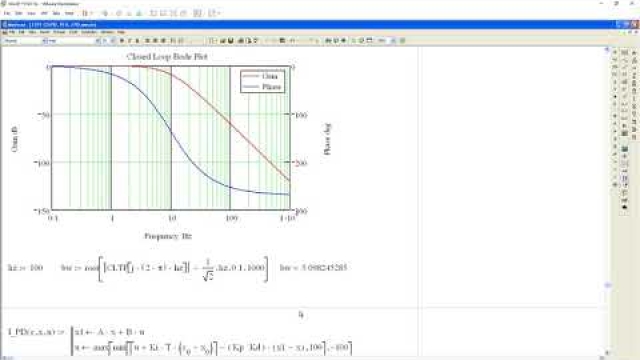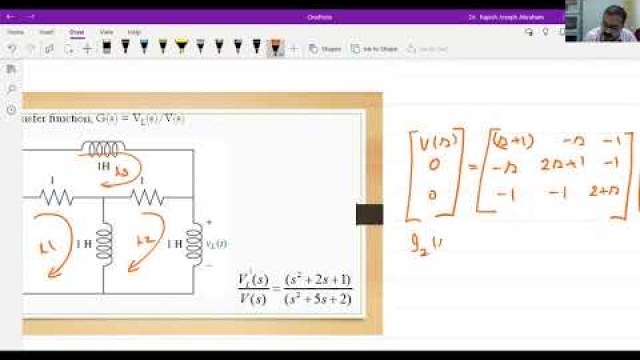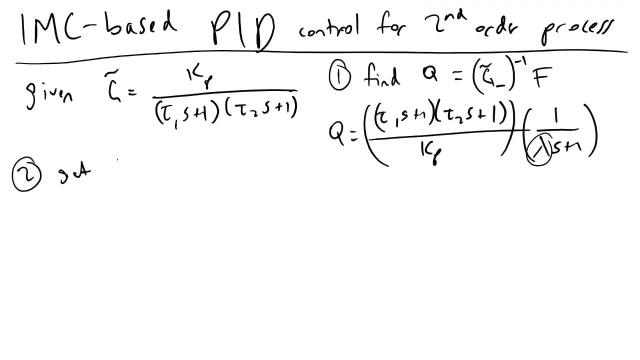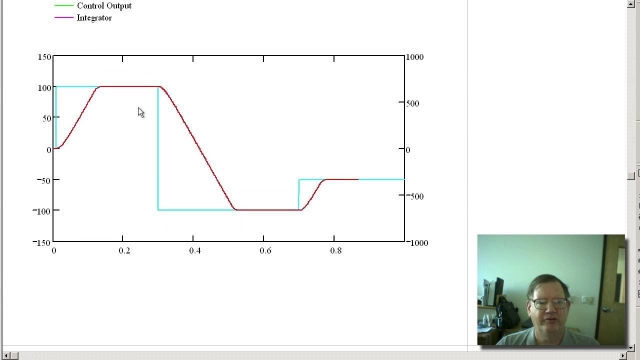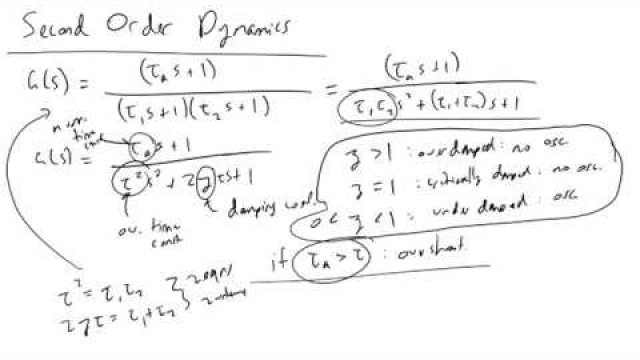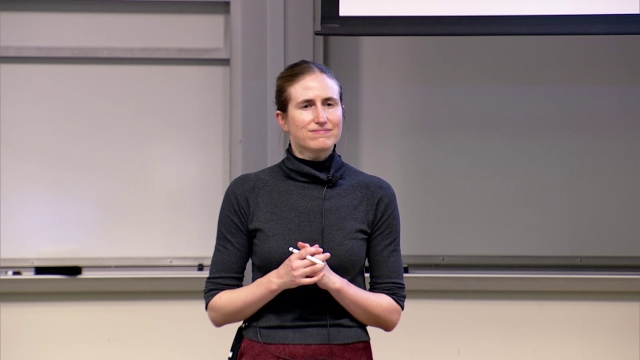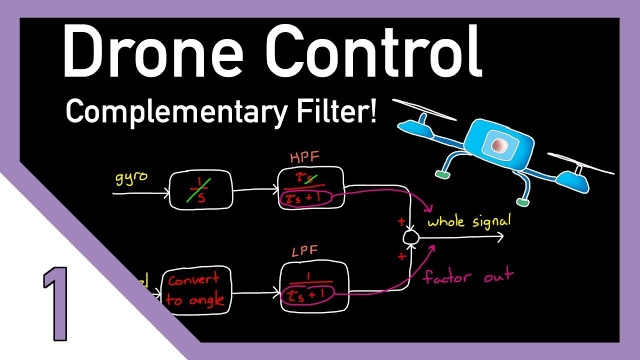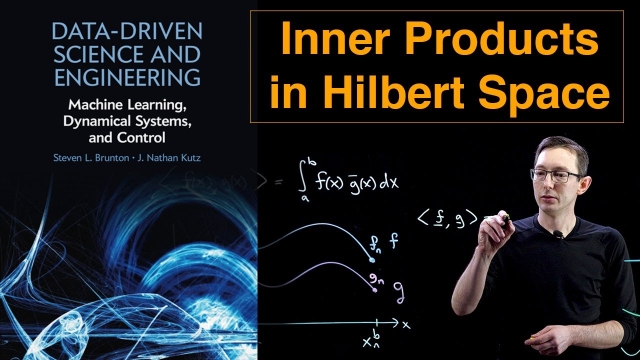
Data-Driven Control: ERA and the Discrete-Time Impulse Response
In this lecture, we describe how the discrete-time impulse response is used in the eigensystem realization algorithm (ERA).
See MoreUnderstanding The Sensitivity Function
In this video I explain the sensitivity function and try to demystify the equation used to solve for the nominal sensitivity peak. Sensitivity describes how much process variations affect...
See MoreTikZ source Code: Sliding Mode Control Example System 2
TikZ source Code: Sliding Mode Control Example System 2
See MoreSVD: Optimal Truncation [Matlab]
This video describes how to optimally truncate the singular value decomposition (SVD) for noisy data (Matlab code).
See MoreComputing Euler Angles: The Euler Kinematical Equations and Poisson’s Kinema...
In this video we discuss how the time rate of change of the Euler angles are related to the angular velocity vector of the vehicle. This allows us to design...
See MoreControl Bootcamp: Three Equivalent Representations of Linear Systems
This video explores three equivalent representations of linear systems: State-space ODEs, Frequency domain transfer functions, and Time-domain impulse response convolution.
See MoreBandwidth of a Dynamic System
In this video we discuss the definition and physical meaning of the bandwidth of a dynamic system. We’ll see that this is a performance metric that is used ...
See MoreControl Bootcamp: Benefits of Feedback on Cruise Control Example (Part 2)
Here we investigate the benefits of feedback for systems with uncertain dynamics and disturbances, as illustrated on a cruise control example. (Part 2)
See MoreMachine Learning Goals
This lecture discusses the high-level goals of machine learning, and what we want out of our models. Goals include speed and accuracy, along with interpretability, generalizability...
See MoreDerivation of Rodrigues’ Rotation Formula
In this video we explain and derive Rodrigues’ Rotation Formula. This functions describes how to rotate an arbitrary vector about another arbitrary axis of ...
See MoreApollo's Flight Computer: Epitome of Engineering
The Apollo missions' success can be vastly accredited to the success of building a robust, one-of-a-kind flight computer for its guidance, navigation and control. Follow this video to...
See MoreThe Discrete Fourier Transform (DFT)
This video introduces the Discrete Fourier Transform (DFT), which is how to numerically compute the Fourier Transform on a computer. The DFT, along with its fast FFT implementation, is one...
See MoreLaplace domain – tutorial 2: Region of Convergence (ROC)
In this video, we learn five golden rules on how to quickly find the Region of Convergence (ROC) of Laplace transform. Learn Signal Processing 101 in 31 lect...
See MoreProject Based Engineering Instrumentation with CircuitPython
This textbook has been designed with the student and faculty member in mind. First, this textbook goes hand in hand with Engineering Instrumentation taught at the undergraduate level at many...
See MoreLaplace domain – tutorial 3: Laplace transform tables
In this video, we cover Laplace transform tables which help us to quickly find Laplace and inverse Laplace transforms. The main learning objective is to full...
See MoreTeaching resources for a reinforcement learning course
Teaching resources by Dimitri P. Bertsekas for reinforcement learning courses. The website has links for freely available textbooks (for instructional purposes), videolectures, and course...
See MorePeter Ponders PID - Closed Loop Zeros
This video covers closed loop zeros, what causes zeros and the benefits and drawbacks of closed loop zeros.
See MoreLecture 3: Electrical and Mechanical System Transfer Functions
IMC PID Design of a Second Order Process
IMC PID Design of a Second Order Process
See MorePeter Ponders PID- Motor position control
Lecture 7: More on Signal Flow Graphs and Block Diagram Reduction
Second Order Dynamics
A crash course overview on second order dynamics in the frequency domain, what the key parameters are, and why they matter.
See MoreStanford CS234: Reinforcement Learning | Winter 2019 | Lecture 2 - Given a M...
Professor Emma Brunskill
Assistant Professor, Computer Science
Stanford AI for Human Impact Lab
Stanford Artificial Intelligence Lab
Statistical Machine Learning Group
Drone Control and the Complementary Filter
Let's talk about the complementary filter and how we can use it to estimate the attitude of a drone using an IMU. It is such a dead simple filter, which is a good reason to learn it, but it...
See MoreInner Products in Hilbert Space
This video will show how the inner product of functions in Hilbert space is related to the standard inner product of vectors of data.
See More
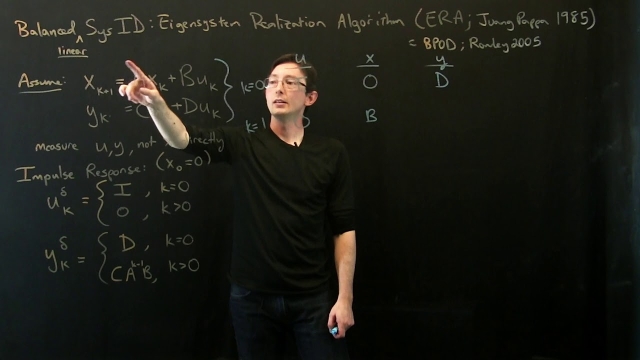
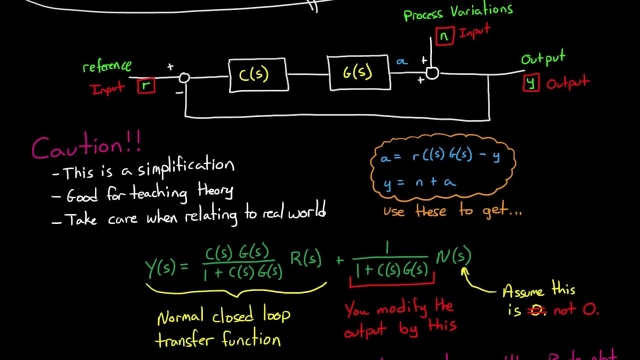
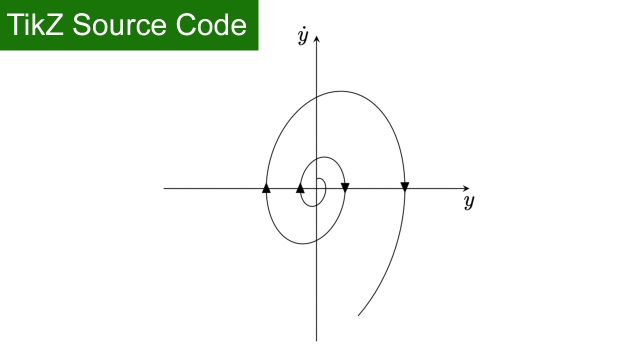
![SVD: Optimal Truncation [Matlab]](/sites/default/files/styles/search_resulkts/public/2020-12/maxresdefault_423.jpg?itok=Op0DbiId)
